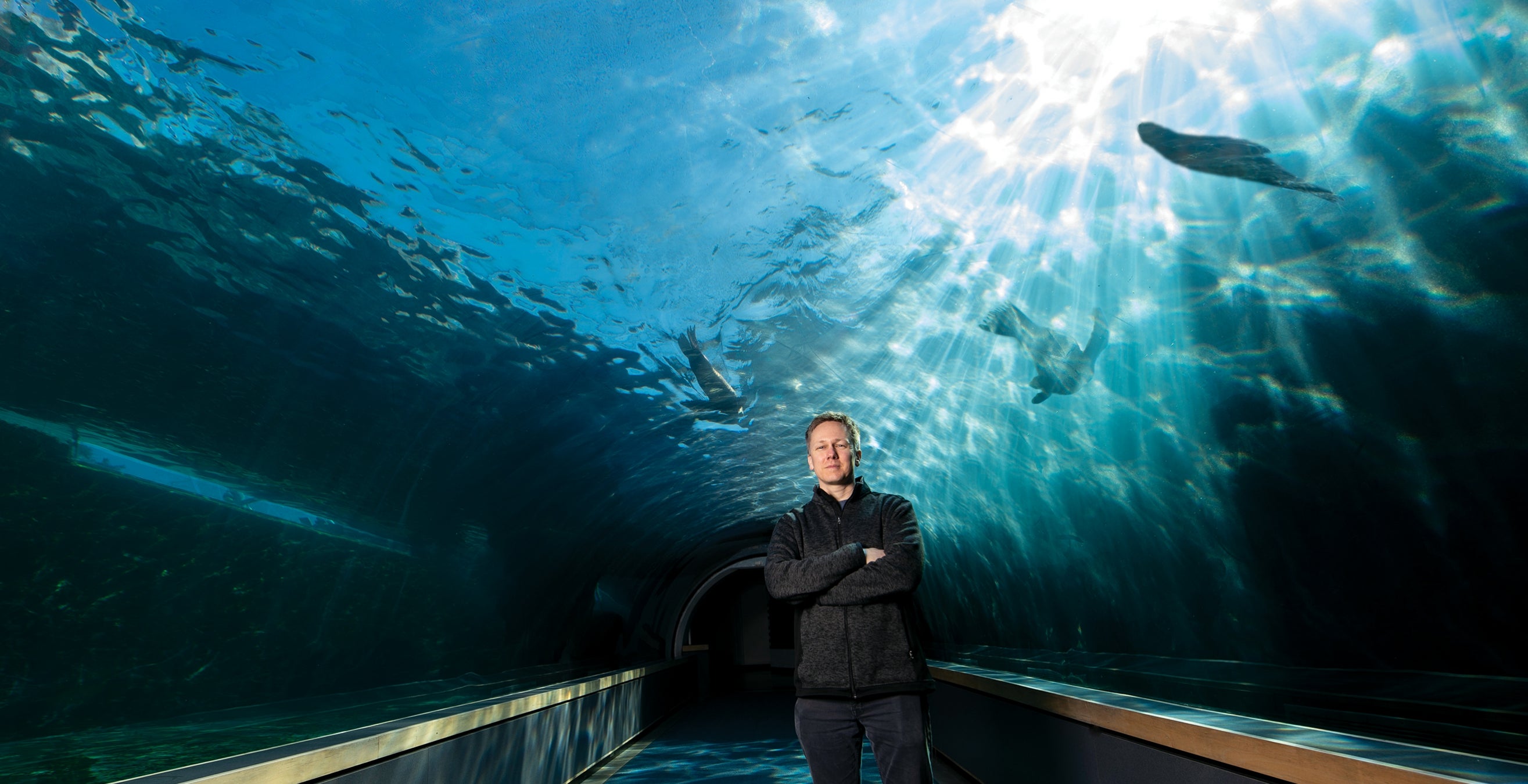Nathan Clark is at work, traveling around the world, just like he always does. And, as usual, he’s also traveling back in time. Yet, his mind-boggling exploits take place without him ever leaving his lab on the 10th floor of the University of Pittsburgh’s Biomedical Science Tower 3. He’s an evolutionary geneticist and, on this particular day, he and an undergraduate researcher on his lab team are checking results from an experiment involving the genes of dolphins and killer whales, going back millions of years.
The results, unexpected, bring their routine to a sudden halt. Clark realizes that if what they’ve learned is valid, it could pave the way for new insights into disease susceptibility and disease origins—both in these two species and in ourselves.
Working closely with colleagues within and outside of his lab, Clark spends much of his workday developing and using computer programs to scour genomes in order to decipher genetic evolution. It was in 2003 that researchers first sequenced the human genome. But Clark points out that scientists still don’t know what the majority of those genes are doing, genes that are shared across thousands of species, including dolphins and killer whales. In this sense, says Clark, “we’re still kind of in the Dark Ages.”
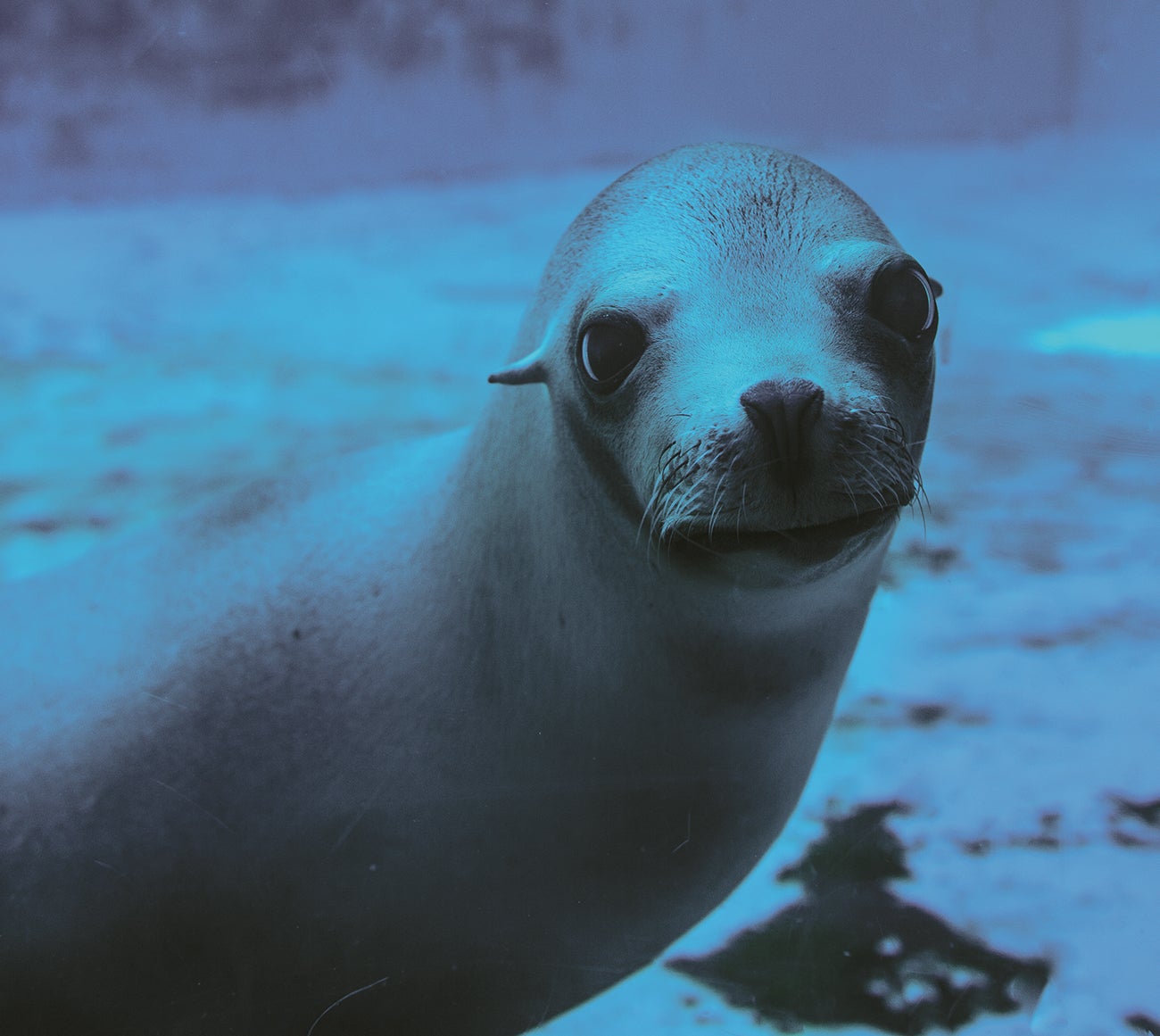 So, if scientists don’t know which combinations of genes are responsible for which physical traits, Clark asks, how can doctors treat their patients suffering from congenital diseases caused by unidentified genes gone awry? Or, how can scientists know whether, for example, dolphins and killer whales are genetically predisposed to survive human-induced changes taking place in their waterways?
So, if scientists don’t know which combinations of genes are responsible for which physical traits, Clark asks, how can doctors treat their patients suffering from congenital diseases caused by unidentified genes gone awry? Or, how can scientists know whether, for example, dolphins and killer whales are genetically predisposed to survive human-induced changes taking place in their waterways?
Clark believes his lab’s research—such as studying how physical traits, like vision or dietary adaptations, have evolved across species—can help resolve these questions. To explain how, think of each species’ genome as a history book: For example, what kinds of historical events appear in both a dolphin’s history and a killer whale’s? Do these events appear in human genetic history as well? To “read” the genome history book, the Clark Lab obtains organisms’ genomes, either by accessing an open-source genome database or by sequencing the genomes of newly obtained biological samples.
Then he and his team use computational tools they have created or refined to detect patterns of genetic changes within and across individual species’ genomes.
“Not many people recognize how much knowledge is there for the taking if you learn how to read evolutionary histories written in genomes,” says Vaughn Cooper, a renowned researcher of bacterial evolution. “The human genome is just one book in the library,” he says. “Asking why do we look at other species is kind of like asking, ‘Why do I need to read another book?’ We can learn a lot about our book by reading other books.”
In other words, by studying how different species’ genomes have evolved in comparison to each other, scientists can shed light on the genes responsible for specific physical traits that, to this day, impact our health. “Nature has already carried out millions of experiments for us,” explains Clark. “All we’re doing is going and interpreting them.”
He makes it sound simple. It’s not. “Nathan is a superstar,” says Cooper, a professor of microbiology and molecular genetics and Clark’s colleague here at Pitt. “There’s really only a handful of people in the world who are thinking so carefully, and also so generously, about how to make tools like his—and make them [publicly] available—so that we can better understand the stories that have been written over thousands of generations in our genomes.”
Such understanding, says Cooper, could cause a paradigm shift in the future of health care. That’s why last year he, Clark, and four other faculty members cofounded the Center for Evolutionary Biology and Medicine (CEBaM) with the support of Arthur Levine, dean of Pitt’s School of Medicine and senior vice chancellor for the health sciences. The center, one of only a few of its kind worldwide, aims to foster collaborations across medicine and evolution in order to advance how physicians identify and treat any number of debilitating and life-threatening diseases.
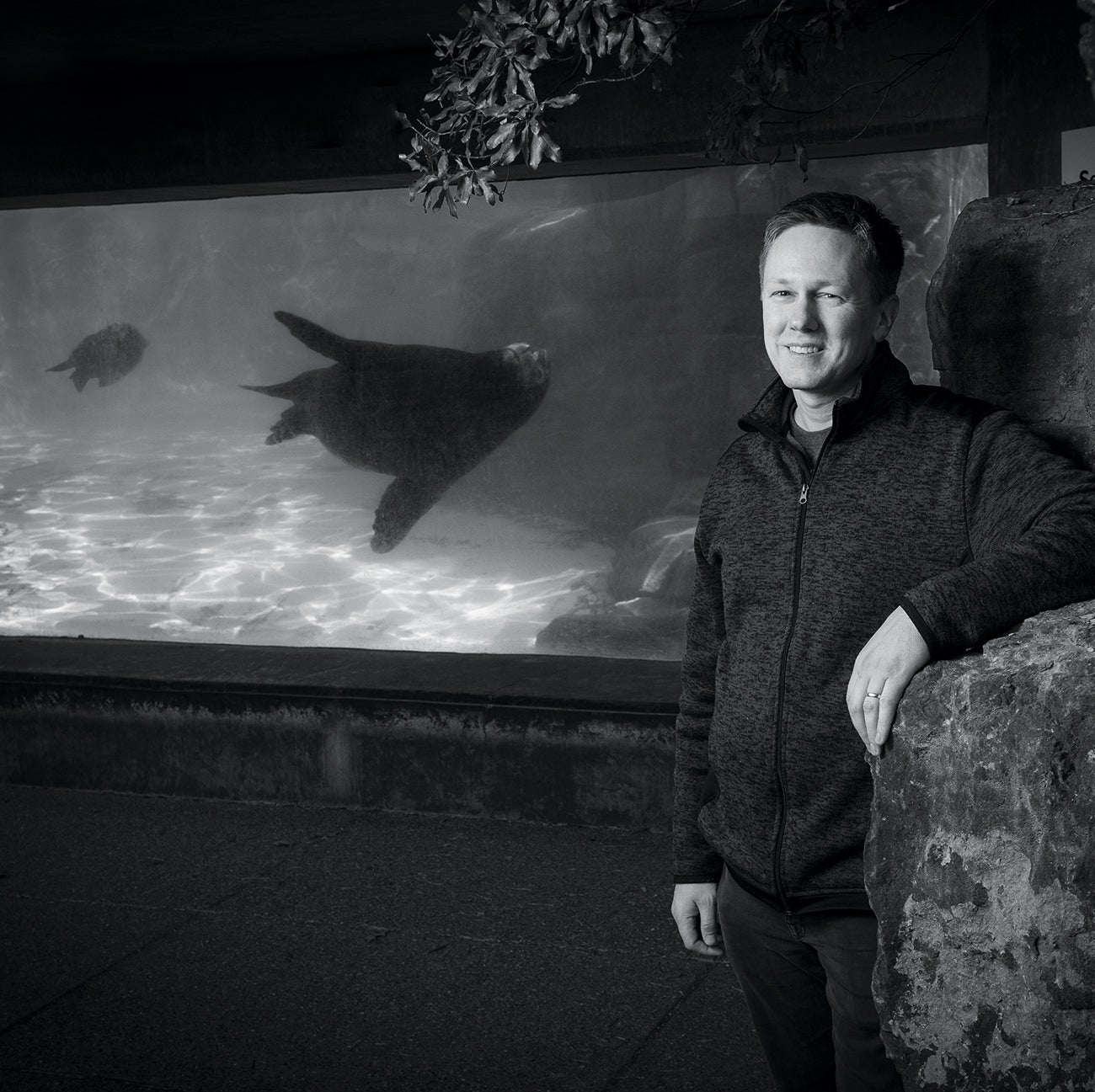 In 2014, CEBaM wasn’t yet established when Clark and Clair Kronk, an undergraduate researcher, came across the unexpected experiment results that, if valid, could have implications for the health of not only dolphins and killer whales, but humans, too. Follow-up research would be needed to pinpoint and address those implications—but Clark doesn’t mind the challenge.
In 2014, CEBaM wasn’t yet established when Clark and Clair Kronk, an undergraduate researcher, came across the unexpected experiment results that, if valid, could have implications for the health of not only dolphins and killer whales, but humans, too. Follow-up research would be needed to pinpoint and address those implications—but Clark doesn’t mind the challenge.
His passion for basic science research is reminiscent of the excitement of a grade-school student who relishes making liquid nitrogen—that is, effortlessly genuine. Throughout his Texas childhood, he fed his curiosity with library books about “anything and everything.” His favorite animal, he remembers, was the extinct giant ground sloth. “And it still might be,” he says of the distant relative of today’s tropical tree-dwelling mammals.
After studying chemistry at the University of Texas at Austin, he shifted his focus to something “more exciting” than chemistry. In 2002, he enrolled in a PhD program in the University of Washington–Seattle’s Department of Genome Sciences, where he was introduced to evolutionary genetics: the study of how genes evolve.
And he never turned back.
In 2012, he joined the Department of Computational and Systems Biology in Pitt’s School of Medicine and set up his lab to study various species with his team of researchers, including postdoctoral researchers, graduate students, and undergraduates.
One facet of the lab’s research hinges on the concept of convergent evolution, when different species independently evolve clusters of the same or similar traits.
For Clark and his team, marine mammals seemed like a good starting point. At different times tens of millions of years ago, three different species of land mammals independently decided to make the water their home. Since aquatic life required different traits than life on land, these animals gradually evolved to be better suited to the underwater world and became three families of modern marine mammals that we recognize: dolphins and whales; manatees and dugongs, the manatee’s Australian cousin; and seals, sea lions, and walruses.
Clark wanted to identify the genetic changes that marine mammals shared when they migrated from land to water. To do this, he worked with Pitt’s Maria Chikina, an assistant professor in the Department of Computational and Systems Biology, to develop computational tools to read the genomes and pick out those changes. Then, with the help of collaborators near and far, they put these tools to the test.
In their initial study, Clark and Chikina pinpointed, for the first time, hundreds of whole genes within entire genomes that evolved at correlated and accelerated rates when the three families of marine mammals independently moved from land to sea. Many of these gene changes were associated with physical traits that scientists already associated with marine mammals, such as their loss of the senses of taste and smell.
Knowing the computational tools were effective, they continued exploring this genetic frontier by looking across a range of mammalian species for genes that changed in correlation with each other. Many of the strongest correlations they saw involved genes known for their role in vision development; the majority of these genes appeared to have lost function, which would affect vision. Clark was intrigued. When Chikina looked back to see which species were driving this trend, she saw rapid changes in four species: the Cape golden mole, the blind mole-rat, the naked mole-rat, and the star-nosed mole. “There seems to be a very obvious pattern here,” Clark remembers thinking.
Within the past 100 million years, some early forms of rodents turned their backs on the sun and sky to take up residence underground. Living without a light source, these critters had little use for a strong sense of vision.
Further analysis showed that in the four mole species, vision genes—the same genes associated with congenital eye diseases in humans—had some of the highest rates of functional loss. Additionally, using an updated computational tool, they were able to identify a number of previously uncharacterized genes—found in a part of the genome that remains inaccessible by current commercial genetic testing methods—that were correlated with genes known to play an important role in vision across species.
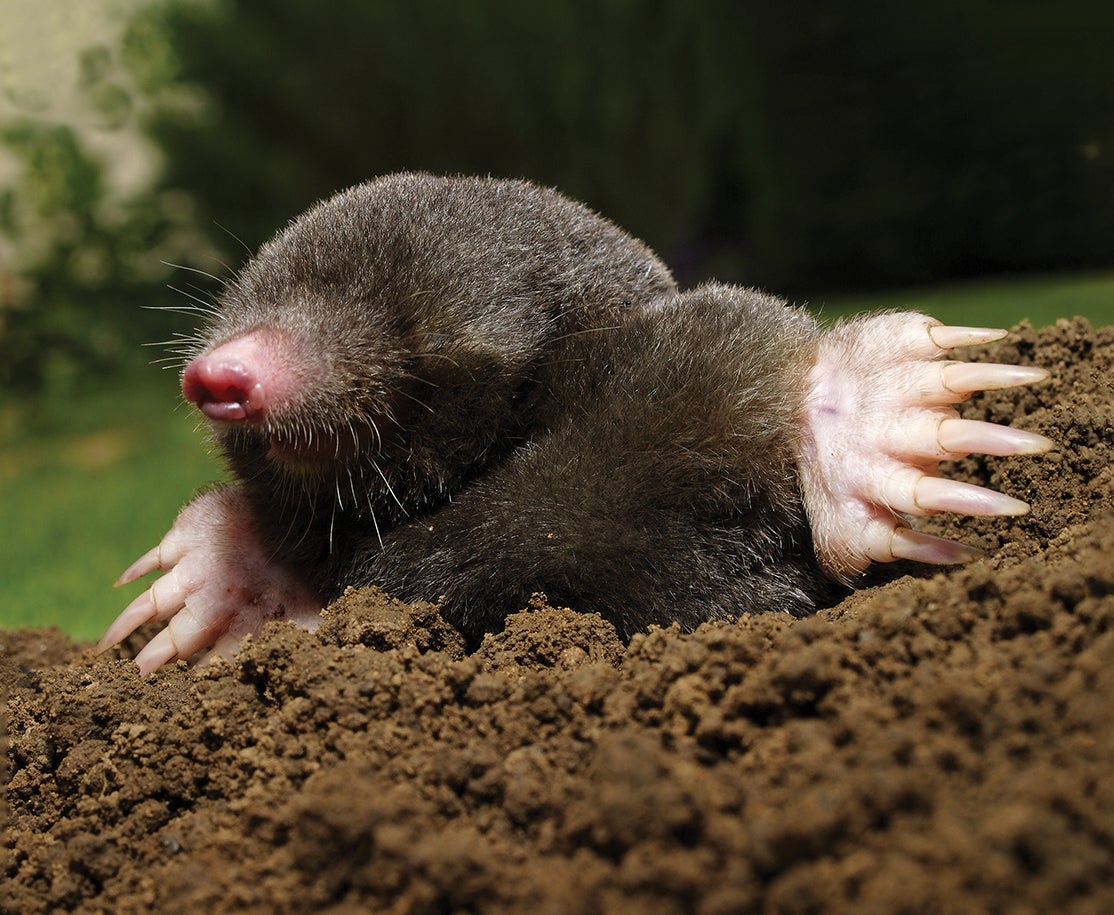 When Clark presented these findings to a seminar of clinicians and researchers at Pitt’s Eye & Ear Institute, the research immediately struck a chord with Ken Nischal, one of the world’s preeminent pediatric eye specialists. As a professor of ophthalmology and chief of pediatric ophthalmology at UPMC Eye Center at Children’s Hospital of Pittsburgh, he researches genetic eye diseases and treats patients who come to Pittsburgh from all over the world for care. Many of Nischal’s patients have diseases for which the genetic cause has not yet been identified. The Clark Lab’s work could potentially change that by, in Clark’s words, “taking a needle-in-the-haystack problem and making the haystack very small.”
When Clark presented these findings to a seminar of clinicians and researchers at Pitt’s Eye & Ear Institute, the research immediately struck a chord with Ken Nischal, one of the world’s preeminent pediatric eye specialists. As a professor of ophthalmology and chief of pediatric ophthalmology at UPMC Eye Center at Children’s Hospital of Pittsburgh, he researches genetic eye diseases and treats patients who come to Pittsburgh from all over the world for care. Many of Nischal’s patients have diseases for which the genetic cause has not yet been identified. The Clark Lab’s work could potentially change that by, in Clark’s words, “taking a needle-in-the-haystack problem and making the haystack very small.”
Nischal recognized this. “I thought, ‘Oh my goodness, [Clark’s method] is such a clever way of trying to find not only novel eye genes but trying to figure out mechanisms for why I might be seeing congenital eye problems in the children I work with,’” Nischal recalls.
By illuminating the underlying genetics of diseases, this work, says Nischal, could enable clinicians like him to better identify children susceptible to different forms of vision loss and help doctors make more informed decisions regarding how to monitor and treat these patients.
Clark, Nischal, and their colleagues have obtained a grant from the University of Pittsburgh’s Clinical and Translational Science Institute to study eight trios—eight of Nischal’s patients and their parents. Using the methods developed by the Clark Lab, they will sequence the eight trios’ genes and cross-reference those to the previously undiscovered candidate genes identified in the mole study. The goal: to reveal the genetic origins of patients’ eye problems.
Clark used the same principles and similar methods to revisit their initial work with marine mammals to answer a more specific question: Which genes had the highest rate of loss of function in the marine mammals?
This question led to that fall day in 2014, when Clark and Kronk, an undergraduate researcher, were simply curious to see what changes they’d find in the genomes of killer whales and dolphins. “He basically handed me a bunch of genomes, these huge files,” remembers Kronk, now a graduate student at the University of Cincinnati, “and he was like: Okay. You know that thing we did with the moles? We’re going to do it again, but this time, instead of focusing on animals that live underground, we’ll focus on animals that have marine adaptations.”
The one gene—out of 19,000 genes—that showed the most contrast between being lost in aquatic species but retained in terrestrial species was PON1.
Coincidentally, Clark knew about PON1 during his grad school days, when he learned about the research of Clement Furlong, who studied how PON1, a gene associated with heart disease in humans, also has the ability to break down a type of chemical called organophosphates in mammals. “It isn’t that often out of 19,000 genes that you’d know what the first one is,” says Clark, which saved him a bit of legwork.
Within the past 100 years, scientists have developed organophosphates, a non-naturally occurring chemical that acts as a nerve agent. These chemicals have been used extensively in several industries, including as a pesticide in agriculture. By happenstance, PON1 protects land-dwelling mammals from being poisoned by trace amounts of organophosphates that linger in the ground and food supply.
Realizing this, Clark sensed this was noteworthy. As far as the science community knew, all mammals presumably had a functioning PON1. Unlike sensory genes related to smell and taste, PON1 hadn’t been identified as a gene that consistently stopped working—let alone the gene with the strongest correlation of loss—in marine mammals. It was as if there had been an Olympic race to determine the gene with the highest loss of function in dolphins and killer whales. Eight-time Olympic gold medalist Usain Bolt, widely considered to be the greatest sprinter of all time, represented genes related to taste and smell. But the race was won by an unheralded runner, PON1.
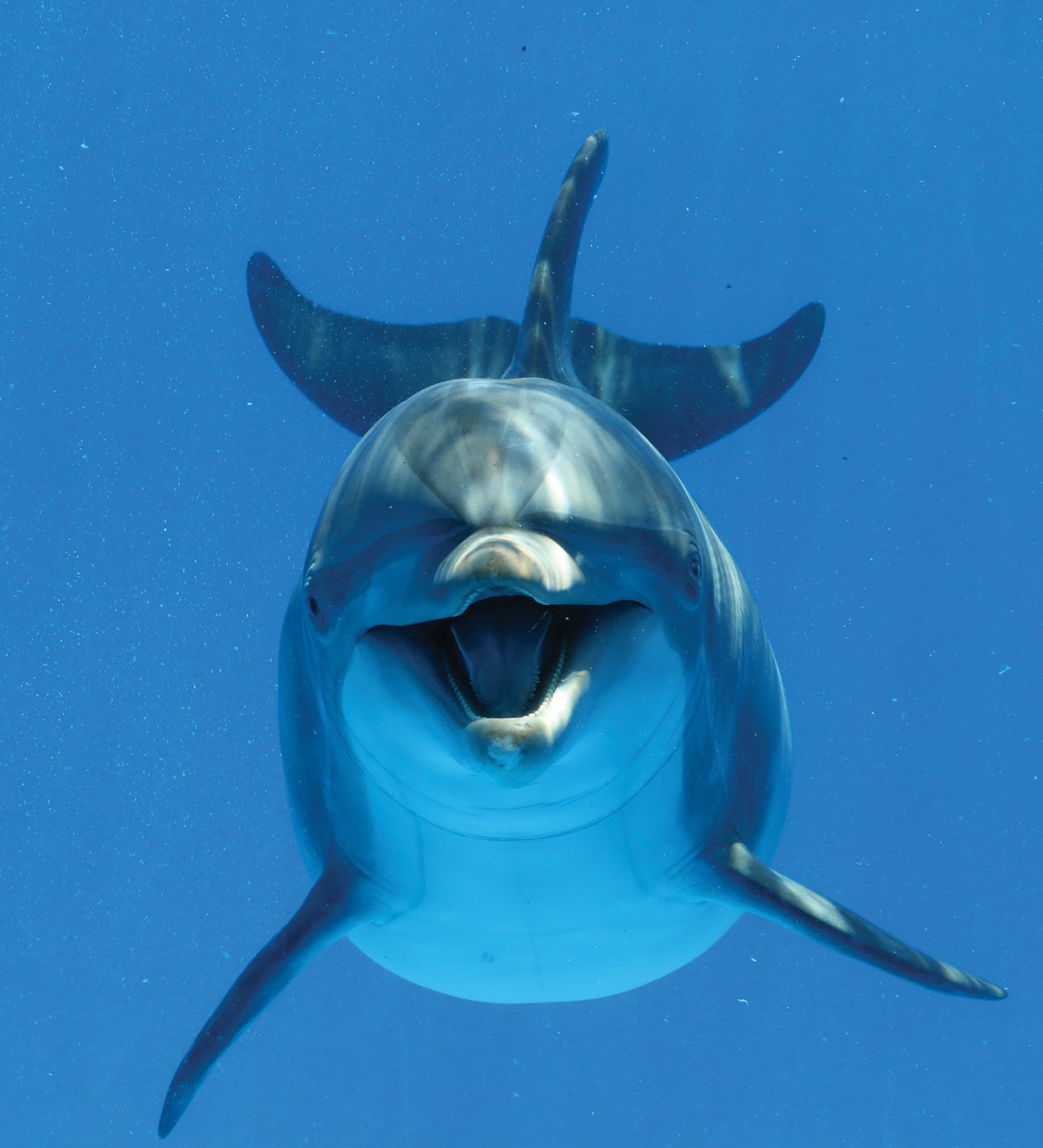 Clark repeated the test with postdoctoral researcher Wynn Meyer: PON1 again appeared as the gene that experienced the most changes in these two mammalian species that migrated from land to water. Clark knew then, in part from Furlong’s work, that there may be unintended consequences of losing PON1 function.
Clark repeated the test with postdoctoral researcher Wynn Meyer: PON1 again appeared as the gene that experienced the most changes in these two mammalian species that migrated from land to water. Clark knew then, in part from Furlong’s work, that there may be unintended consequences of losing PON1 function.
With the help of collaborators around the world—from Australia, Florida, California, Ohio, and the Pittsburgh Zoo—the lab took a deeper dive, collecting and testing a wider array of marine mammal species. After three years of testing, it became clear that across the three distinct marine mammal lineages, the PON1 gene lost function.
The results led to new questions: Why did these species lose function of this gene? Was it no longer needed or actively harmful in the marine environment? These are questions that the lab is actively pursuing, though they have a couple of hunches. One hypothesis concerns the need for marine mammals to dive deep underwater for long periods of time—experiences of extreme stress in the cardiovascular system that perhaps PON1 wasn’t equipped to address.
Clark emphasizes that by figuring out why marine mammals lost function of PON1, scientists could gain a better understanding of PON1’s role in the natural world—in humans and other mammals. “If our work is exposing more clues about what exactly PON1 is doing,” says Clark, “it could help illuminate PON1’s relationship to heart disease in humans,” which is the country’s leading cause of death.
An additional, urgent question also emerged: Is agricultural runoff causing marine mammal populations to decline? On Florida’s Atlantic coast, for example, manatees travel inland via manmade canals, where they feed on grasses that abut agricultural fields. If manatees, like insects, don’t have a functioning PON1 gene, then how would their bodies handle organophosphate poisoning? Could organophosphate poisoning be behind the high mortality rates of Florida’s manatee calves?
Now Clark is working to find out: With the help of collaborators, his lab is gathering more evidence to determine why marine mammals have lost function of PON1. They’re also obtaining evidence from dolphin and manatee populations in Florida, which will help determine whether organophosphates from agriculture runoff are poisoning the gentle marine giants.
The Clark Lab’s research has been published in several respected academic periodicals and peer-reviewed journals, including: a 2016 coauthored article in Molecular Biology and Evolution; a 2017 coauthored study in eLife; and a 2018 article in Science. In addition, stories on Clark’s work have appeared in magazines and newspapers, such as the New York Times, the Atlantic, and National Geographic. Most recently, he received one of five 2019 Distinguished Research Awards from Pitt Chancellor Patrick Gallagher for his internationally regarded work.
Appreciative of the recognition, Clark says he is most motivated by the work itself. “Something seems magical that you can study these species as they are now, make inferences about what happened in the past, and reveal clues as to how things are functioning now,” he says. “I get to come to work and just imagine new things. I get to sit here with students, draw new analyses, and try them out. Why not try to find answers?”
Special thanks to the Pittsburgh Zoo and PPG Aquarium.
Opening image: Nathan Clark visits sea lions at the Pittsburgh Zoo & PPG Aquarium.
This story appeared in the Spring 2019 edition of Pitt Magazine.

